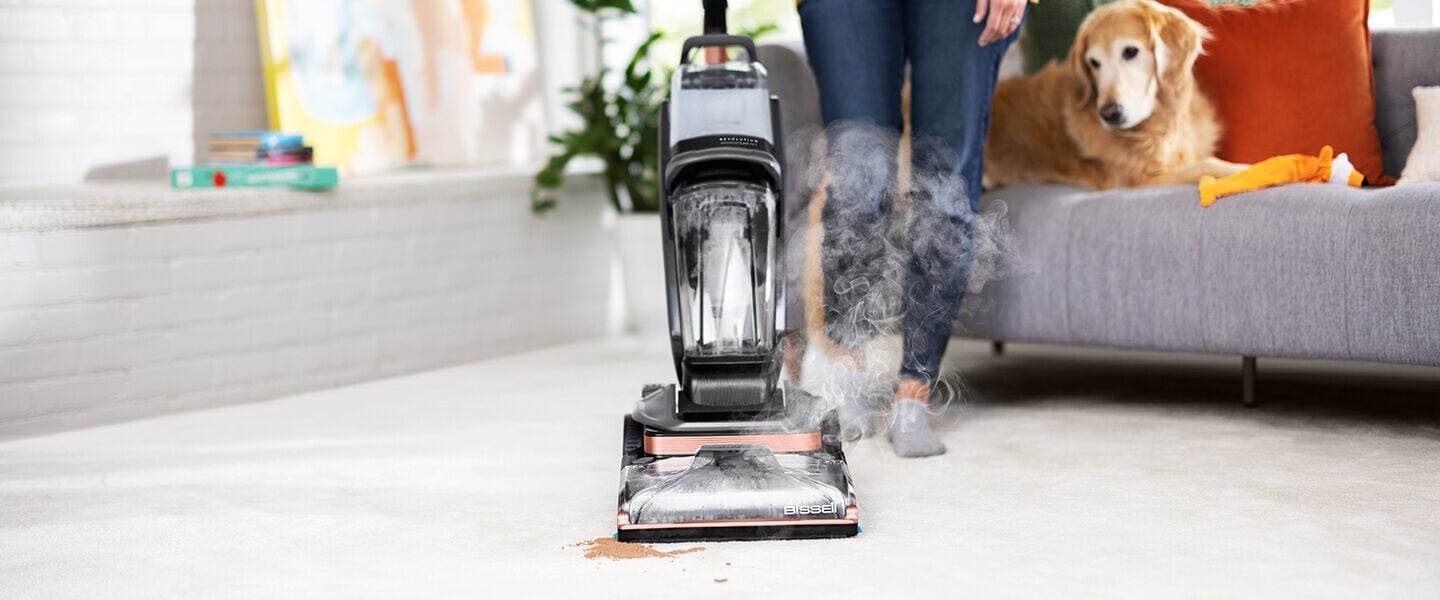Electrical problems not only damage appliances, but they can also pose a safety risk to your family. Flickering lights and other issues can indicate an electrical problem. Taking prompt action will help prevent more expensive repairs down the road. When storms hit, they can cause major damage to electrical wiring and appliances. If you see smoke marks near your breaker panel, it’s important to call a licensed electrician right away.

When water enters electrical equipment, it can damage the wiring and short circuit a system, leading to tripped breakers or even system failure. It can also corrode components, making them unusable or increasing the risk of fire. In addition, it can swell wood and other materials and cause them to degrade or become discolored. It can contaminate equipment with chemicals, oil, sewage, or salt water. These problems can be extremely dangerous and must be addressed quickly by professional.
When electricity and water come into contact, electrocution is a serious concern. This is because water is an excellent conductor of electricity, which can cause severe injuries or even death if someone accidentally touches the wires while they are wet. It’s important to keep this in mind whenever you’re working with electrical wiring or other electrical equipment, especially after a disaster.
Electrical wires can be damaged in a variety of ways, from being fully submerged in flood waters to experiencing high humidity levels after a storm. It’s crucial to avoid touching any electronic devices that have been exposed to water until the power has been turned off by your utility company, local fire department, or licensed electrician. It’s also important to replace items that have been fully or partially submerged in saltwater, as they can no longer be safely used.
As an insurance adjuster, you must determine whether or not flooded equipment can be repaired before deciding how to handle the claim. Several factors need to be taken into account, including the type of equipment involved and the extent of the damage. To help you with this, PuroClean has compiled a list of key questions to ask when assessing water-damaged electrical equipment. These will help you decide whether the equipment should be repaired or replaced and what steps to take next. You should also consider what the cause of the damage was. For example, if the equipment was exposed to flood waters that were contaminated with chemicals, oils, sewage, or salt water, it will be more difficult to restore than equipment that was just wet from flooding or rainstorms.
Faulty Appliances
Like anything else, home appliances don’t last forever and they are prone to faults. Faulty appliances not only stop working but they can also damage electrical wiring and cause power surges. In the worst-case scenario, they can even cause fires.
One of the first signs that an appliance is getting close to its end is when it trips your circuit breaker. If it happens repeatedly and you aren’t overtaxing the circuit with other appliances, then there is a problem. This can be a sign that the appliance is close to a short and could send a powerful surge through the wiring and destroy the rest of your appliances.
Another warning sign is if you notice that an appliance or device is hot to the touch. Especially with metal appliances, it is never a good idea to use them if they feel excessively hot. It’s also a bad sign if you can smell burning. A burning smell is an indication that the appliance or wires are overheating, which can spark a fire.
If you can see or smell sparks, you need to shut off the power supply immediately and contact a licensed electrician. Sparks can be a dangerous combination of water and electricity and can lead to fire or electrocution if you come into direct contact with them. If you aren’t sure where the sparks came from, turn off your electrical appliances and check for burn marks or melted plastic.
The last, and most severe, sign of a defective appliance is when you can see or smell smoke coming from it. If you can’t switch it off, use a fire extinguisher to put out the flames and then contact a professional to repair or replace the damaged appliance. If the smoke is coming from an outlet or switch, you should also call a fire and electrical safety expert to fix them right away.
Lightning Strikes
When lightning strikes, it can either create a power surge or damage an appliance. The power surge that occurs from a direct strike is the one that you typically think of when you imagine lightning damage, but this type of damage can also occur from indirect strikes. These types of strikes are generally not as severe as a direct strike but they can still cause significant damage.
Lightning can strike anywhere in a home and damage everything from the wiring to the appliances. This can cause a power surge that can destroy electronic equipment and cause fires. This is why it’s important to have an insurance policy that covers the full value of your home. This will ensure that if there is a total loss, you won’t have to wait months for an insurance company to settle your claim.
If you suspect that your home has been struck by lightning, it is important to call the fire department right away. They will come out and check your home. They will want to know what type of damage your house has suffered. This is so that they can determine if your insurance company will cover the full value of your house.
Depending on the amount of damage to your electrical system, the fire department may recommend that you have an electrician come out and look at your home. This electrician will need to test your entire electrical system to make sure that no latent damage has occurred from the lightning strike. This is usually done with a tool called a megger. This device measures the resistance of the conductor insulation in an electric wire. If the resistance of your wires increases, it means that there is a defect in the insulation.
The best way to protect your electrical wiring from lightning damage is to have it properly rewired by a licensed electrician. A good quality surge protector can also help to safeguard your electronics and prevent them from getting damaged by lightning. This is especially true for large appliances that have electrical controls.
Power Surges
If your electronics or home appliances suddenly stop working for no reason, you may have a power surge issue. These bursts of electricity are the culprit of many unexplained breakdowns and can degrade or destroy devices in minutes. Power surges occur when voltage in an electrical circuit exceeds its normal capacity. This sudden boost can cause arcs of current and generate excessive heat, which can ruin delicate electronic components. The resulting damage can shave years off the life of your appliances and can even render them useless beyond repair.
Surges can be caused by a number of factors, including lightning strikes, power grid issues, and maintenance work on the power lines running to your home or business. More commonly, they can be the result of faulty wiring or overloading of outlets and circuits. Internal surges can also be caused by large appliances or air conditioners sharing the same socket, poor or outdated wiring, or faulty connections within the device itself.
A tripped circuit breaker can also be a sign of a power surge, though this isn’t inherently an emergency as they are designed to trip when too much current passes through them. If this is happening frequently, it’s a good idea to call in a professional electrician to examine the wiring and any other potential sources of excess current.
Keeping your electrical system well-maintained is the best way to reduce the risk of power surges. It’s also a good idea to unplug any appliances or electronics that aren’t being used, especially when you go on vacation. It’s also important to check and make sure all of your appliances have properly functioning surge protectors. Surge protectors are inexpensive and can be a valuable investment for your home or business, as they can often save you from expensive repairs down the road. Contact us today to find out how we can help protect your home or business from costly electrical surges. We’re happy to answer any of your questions and provide a free estimate on our services. Our clean energy plans will also help you cut your energy costs and carbon footprint.


